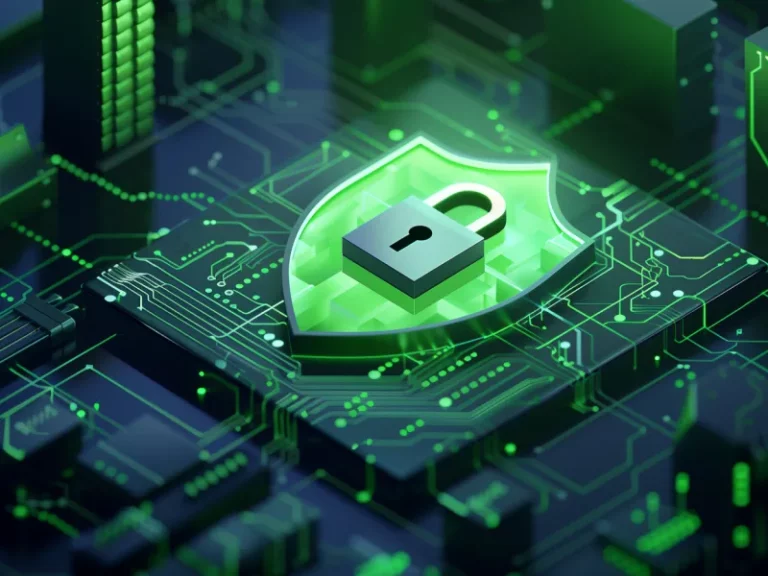Cybersecurity has traditionally focused on securing the network perimeter: building firewalls, hardening endpoints, and controlling user access. But in today’s cloud-first, remote-enabled world, data rarely stays in one place. It moves between clouds, devices, partners, and geography. That is why modern security strategy is shifting toward data-centric security, an approach that treats data itself as the primary asset to protect, no matter where it travels.
Data-centric security goes beyond infrastructure and user controls. It focuses on protecting the data directly, ensuring that sensitive information remains secure even if perimeter defenses fail. Whether in storage, in transit, or in use, data must remain encrypted, classified, and monitored at all times.
Let’s explore what data-centric security means, why it is now essential, and how businesses can implement it in real-world environments.
What Is Data-Centric Security?
Data-centric security is a cybersecurity model that focuses on securing the data itself, rather than just the systems or networks that store and process it. This approach assumes that breaches will happen and shifts the security focus from walls and gates to the actual content and context of the data. Instead of assuming that keeping intruders out is enough, data-centric security prepares the reality that sensitive information could be targeted, shared, or mishandled from within or outside the organization. There are several key components of data-centric security, such as:
- Data classification: Tagging data based on sensitivity (e.g., public, internal, confidential, regulated).
- Encryption: Protecting data at rest, in transit, and sometimes even while in use.
- Access controls: Limiting data access based on user roles, location, or device security posture.
- Monitoring and auditing: Tracking how data is accessed, shared, or modified.
- Data loss prevention (DLP): Preventing unauthorized data transfers or leaks.
Why Data-Centric Security Is Now Critical
The traditional model of defending a single network no longer works. Businesses operate in multi-cloud environments, support remote workers, and engage with third-party vendors, all of which increase the chances that sensitive data will leave secure perimeters. By protecting the data directly, organizations reduce the impact of breaches and limit exposure, even when other defenses are bypassed. The risks that data-centric security addresses include:
- Data leakage through human error: Accidentally sending confidential files to the wrong recipient.
- Third-party risk exposure: Partners or suppliers mishandling your sensitive data.
- Insider threats: Employees accessing or exporting data for unauthorized use.
- Shadow IT: Unsanctioned apps and services storing sensitive data in uncontrolled environments.
- Ransomware and extortion: Even if systems are locked, protected data remains encrypted and inaccessible to attackers.
- Regulatory penalties: Violations of data protection laws like GDPR, PDPA, or HIPAA due to poor data handling practices.
Real-World Applications of Data-Centric Security
Implementing data-centric security is not just about compliance but about adapting to real business needs while minimizing risk. These scenarios show how data-centric security supports business agility without compromising safety. Here are common use cases where data-centric models make a difference:
- Cloud Collaboration: Encrypting and classifying documents shared across platforms like Google Workspace, Microsoft 365, or file-sharing services.
- Remote Work Security: Applying policy-based controls that limit document access by device security level or location.
- Customer Data Protection: Tokenizing or masking customer PII in applications and databases to prevent exposure in the event of a breach.
- Supply Chain Security: Sharing encrypted documents with vendors, where access and usage can be controlled even after delivery.
- Healthcare Data Privacy: Encrypting patient records while allowing authorized use by healthcare providers and insurers under strict controls.
Final Thought
As the perimeter dissolves and cyber threats grow more sophisticated, data-centric security has become the next evolution in protection strategies. It ensures that sensitive information remains under control, even in complex, hybrid, and remote work environments.
At Terrabyte, we help businesses across Southeast Asia move toward data-centric security frameworks that align with both security goals and operational realities. Whether you’re protecting financial records, customer data, or intellectual property, our team is ready to support your journey.
Partner with Terrabyte to protect what truly matters: your data.




